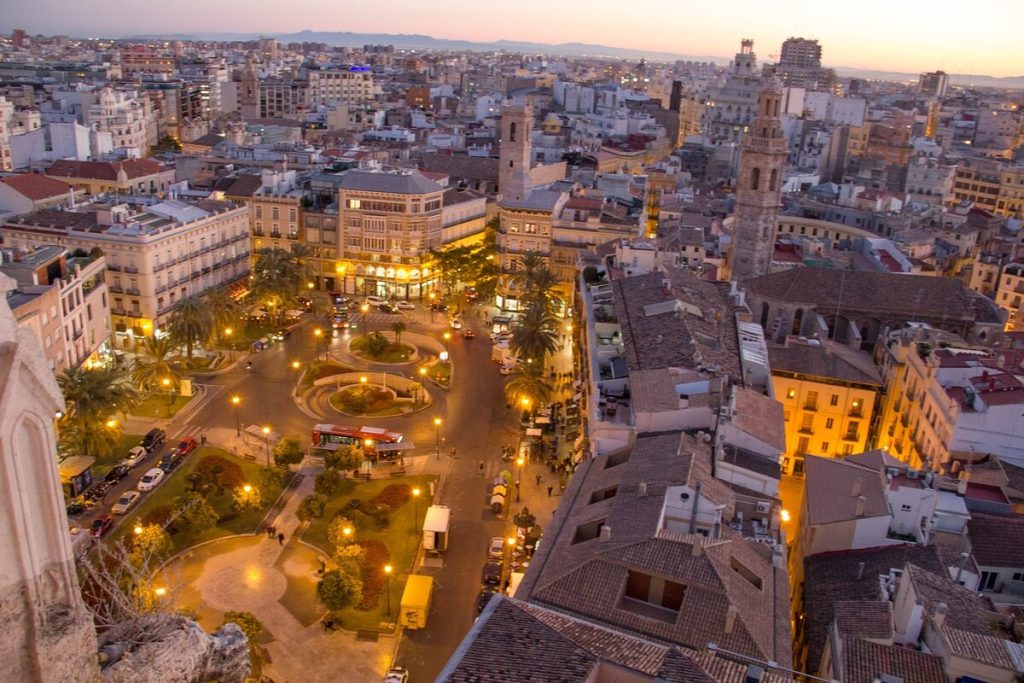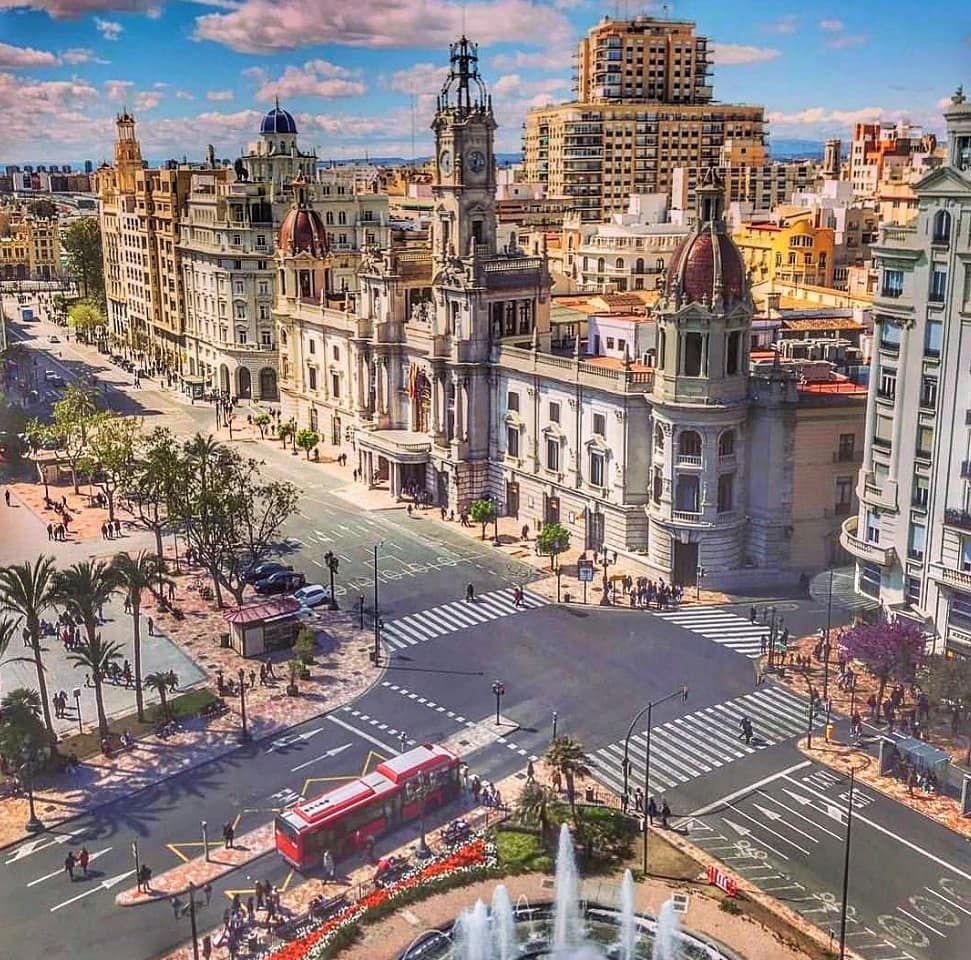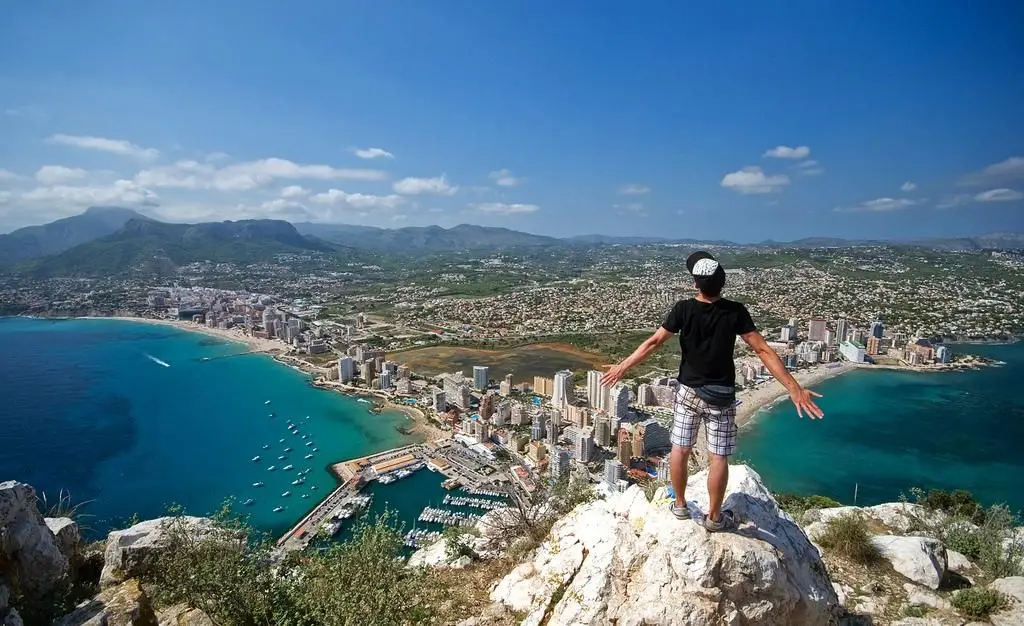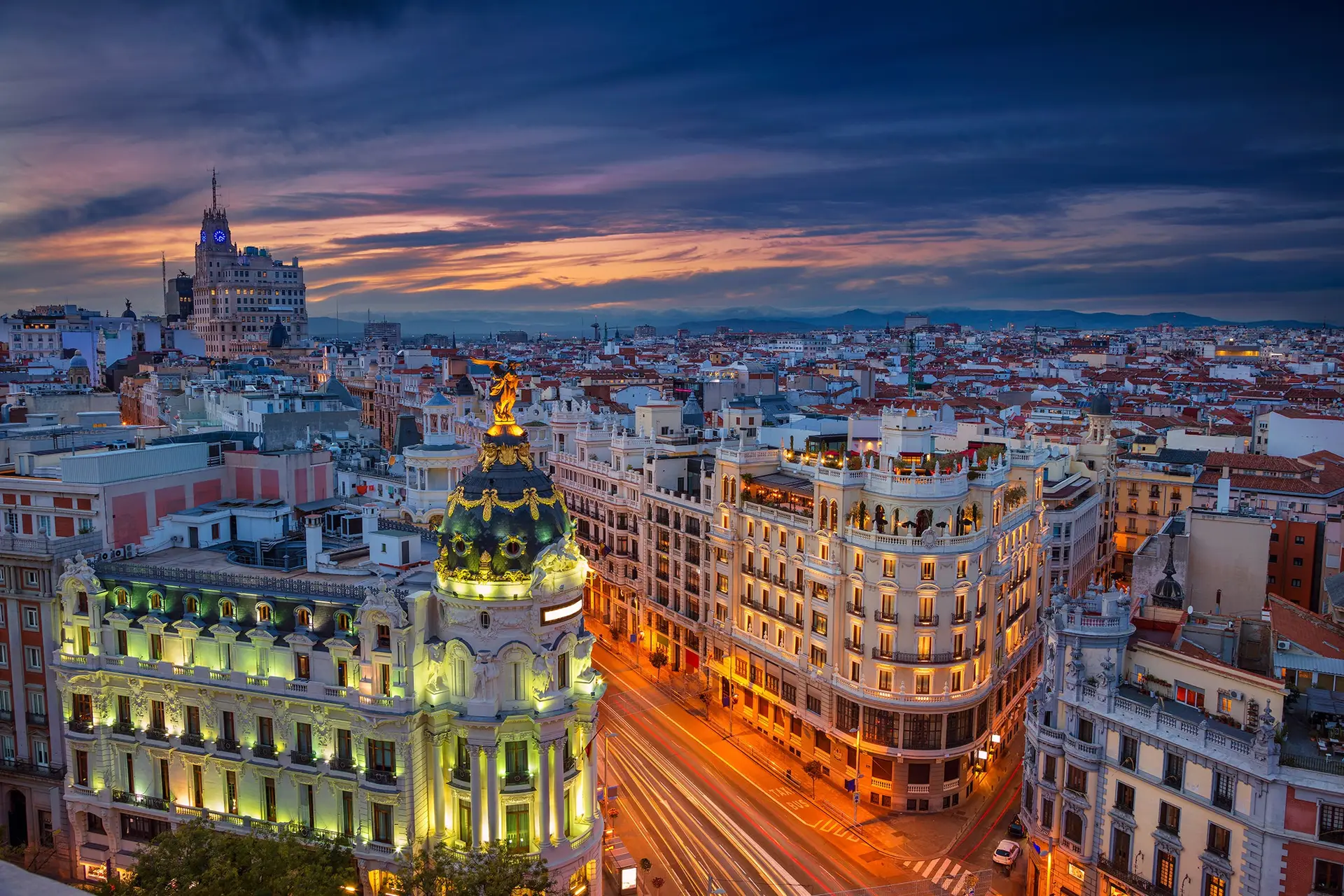Valencia attracts attention as one of the best cities in Spain for permanent residence, work and leisure. The Mediterranean climate, affordable prices and developed infrastructure make the region interesting for different categories of citizens: families with children, retirees and entrepreneurs. Let’s take a look at the cost of living in Valencia in 2025 and whether it is worth deciding to move to this sunny Spanish city.
Cost of living in Valencia: general costs and budgeting
Compared to Barcelona and Madrid, Valencia maintains a significant price advantage, offering a balance of comfort and economy. According to current data for 2025, the monthly costs of a family of four range between €2,000 and €2,500. This covers the basic costs of housing, food, utilities and transport.
Real estate is the most significant item of expenditure. Renting a one-bedroom flat in the historic centre, such as El Carmen, costs an average of €900 to €1,200 per month. In more remote areas such as Benimaclet or Benimamet, similar properties rent for €600-800. Buying a home looks attractive to investors due to the relatively low prices. The average property in Valencia per square metre in the central areas ranges from €2,800 to €3,500, while on the outskirts and in new developments it drops to €1,500-2,000.
Food and nutrition prices: where to buy more favourably
The cost of living in Valencia reflects the availability of fresh and quality produce, which is easy to obtain in the city’s popular markets. These include Mercat Central, the city’s largest square with over 300 outlets, and Mercat de Russafa, a colourful format offering seasonal and local produce. The average monthly grocery budget for a family is usually around €400-600.
People buy fresh fruit and vegetables for between €1 and €2 per kilo, meat products for between €6 and €12, and a variety of seafood, including fish and prawns, cost around €8-15. Mercadona, a local supermarket chain, has the lowest prices for basic necessities.
Eating out in cafes and restaurants is also affordable. A set lunch in a typical café costs between €10 and €15, while dinner in a mid-range restaurant costs an average of €20-30. The city is rich in a variety of establishments serving traditional Valencian cuisine, making it possible to enjoy paella or tapas at reasonable prices.
Transport costs: what is more favourable to use
Transport also has a significant impact on the cost of living in Valencia. A well-developed public network consisting of buses, metro and trams allows you to move around the city efficiently. A monthly pass for all types of public transport costs €40-50, while a single journey costs €1.50.
A car is inexpensive: a litre of petrol costs approximately €1.60, and monthly rent for a public parking space ranges from €50 to €120. In addition, Valencia has a well-developed network of over 150 kilometres of bicycle paths, making the format a convenient and inexpensive alternative.
Health services and insurance: accessibility and quality
The cost of living in Valencia also includes the cost of medical care, which provides quality health care for residents. Spanish state medicine remains one of the best in Europe and provides free services for residents with residence permit or permanent residence permit. Most residents prefer non-privatised hospitals for the high level of professionalism of doctors. Private clinics offer the highest level of service with no queues and a personalised approach. The cost of health insurance here is about €50-80 per month, which favourably distinguishes Valencia from most other European cities.
The advantages and disadvantages of living in Valencia: what to consider when moving house
 The cost of living in Valencia remains an important factor in the decision to move, so it’s worth considering all aspects.
The cost of living in Valencia remains an important factor in the decision to move, so it’s worth considering all aspects.
Advantages:
- Comfortable Mediterranean climate with mild winters and sunny summers.
- Favourable prices for housing, groceries and transport.
- High levels of security and low crime.
- Numerous green parks and beach accessibility.
- Friendly and relaxed atmosphere, ideal for families and retirees.
Disadvantages:
- Seasonal price increase in summer due to increased number of tourists.
- Limited career opportunities compared to major business centres.
- Relatively high youth unemployment.
Whether it is worth investing in Valencia property in 2025
The Valencia property market attracts investors due to its steady yields and stable rental demand. The average yield from the rental of premises ranges from 5 to 7% per annum. At the same time, the annual growth in the cost per square metre reaches 3-5%. Investments look attractive for those who want to ensure a stable income or get a residence permit under the programme “Golden Visa”, buying a home from € 500,000.
The cost of living in Valencia and the general atmosphere of the city is ideal for several categories of residents, including:
- Families with children due to the high level of safety, good schools and many parks.
- Retirees looking for a quiet life by the sea with good healthcare and affordable costs.
- Entrepreneurs interested in developing small and medium-sized businesses in a popular tourist destination with good conditions for opening cafes, restaurants, hotels or small shops.
Conclusion
 The cost of living in Valencia as of 2025 remains attractive and favourable compared to other major European cities. High quality social services, affordable prices and favourable conditions for different categories of residents make the region an excellent choice for relocation and investment.
The cost of living in Valencia as of 2025 remains attractive and favourable compared to other major European cities. High quality social services, affordable prices and favourable conditions for different categories of residents make the region an excellent choice for relocation and investment.
 en
en  ru
ru  de
de  ar
ar  es
es  nl
nl  hi
hi  fr
fr  it
it  pt
pt  el
el 










